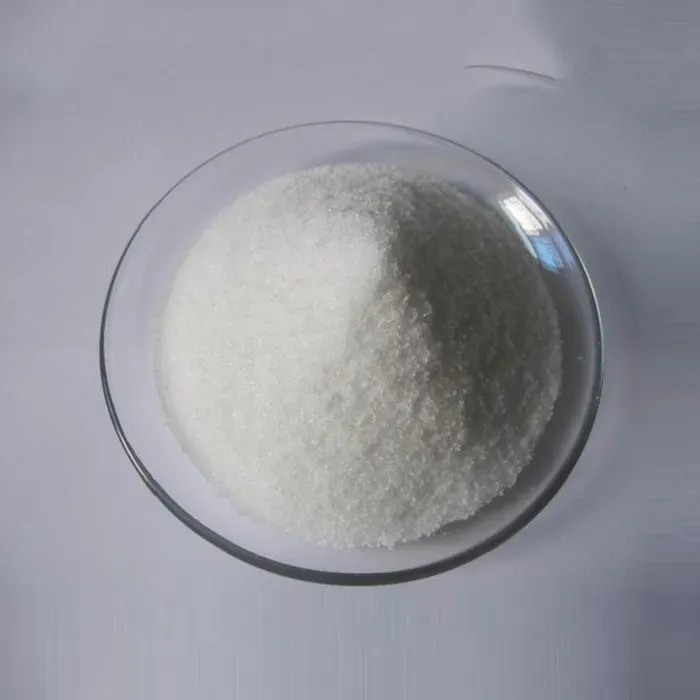Ethylene Diformate A Valuable Chemical Compound
Ethylene diformate (EDF), a chemical compound with the molecular formula C4H6O4, has garnered significant attention due to its versatile applications and potential benefits in various industries. This article explores the characteristics, production methods, applications, and environmental implications of ethylene diformate.
Chemical Characteristics
Ethylene diformate is an ester formed from ethylene glycol and formic acid. It appears as a colorless, viscous liquid with a distinct sweet odor. One of the notable features of EDF is its low volatility and relatively high boiling point, which make it suitable for applications requiring stability under heat. The compound is soluble in ethanol and acetone, but its solubility in water is limited, which can pose challenges for certain applications.
Production Methods
The production of ethylene diformate primarily involves the esterification reaction between ethylene glycol and formic acid. This reaction typically occurs under controlled conditions to optimize yield and purity. Catalysts may be employed to accelerate the reaction and enhance output. Alternative methods may also include transesterification processes using other forms of esters to achieve desired concentrations of EDF. The industrial scale production methods have been refined over the years, making it more economically viable and effective to produce EDF for various applications.
Applications
Ethylene diformate is utilized across multiple industries owing to its unique properties. One significant application is in the agricultural sector, where it serves as a pesticide and insecticide. EDF is particularly effective against a wide range of pests while exhibiting low toxicity to humans and animals, making it an attractive choice for sustainable farming practices.
ethylene diformate

In addition to agricultural use, ethylene diformate has emerging applications in the field of polymer chemistry. When incorporated into formulations, EDF can enhance the mechanical properties and thermal stability of polymers. This feature is particularly advantageous for manufacturers looking to create durable and long-lasting materials for consumer goods, automotive parts, and construction materials.
Another noteworthy application of EDF is in the chemical industry as an intermediate compound. It can be transformed into various derivatives that serve as building blocks for more complex molecules. This versatility makes ethylene diformate valuable in the synthesis of pharmaceuticals, specialty chemicals, and surfactants.
Environmental Considerations
As the world increasingly focuses on sustainability, the environmental impact of chemical compounds has garnered greater scrutiny. Ethylene diformate is considered to be less harmful than many traditional chemical alternatives. It is biodegradable, breaking down into non-toxic products over time, which is a significant advantage in contrast to persistent pollutants. Its application as a biopesticide aligns with organic farming practices, reducing the reliance on synthetic chemicals that can accumulate in ecosystems.
Furthermore, the use of EDF in the polymer industry contributes towards producing more sustainable materials. By enhancing the properties of biodegradable polymers, ethylene diformate can facilitate the creation of eco-friendly products that do not contribute to the global plastic crisis.
Conclusion
Ethylene diformate is a multifaceted chemical compound that plays a vital role in various sectors, particularly agriculture and polymer manufacturing. Its advantageous properties, coupled with a low environmental impact, position EDF as a sustainable alternative in an era marked by environmental challenges and a push for greener solutions. Ongoing research and development are likely to uncover even more innovative applications for ethylene diformate, paving the way for its increased utilization in a sustainable future. As industries work towards reducing their ecological footprint, compounds like ethylene diformate may serve as crucial components in the development of safer, more effective products that align with the global shift toward sustainability.

